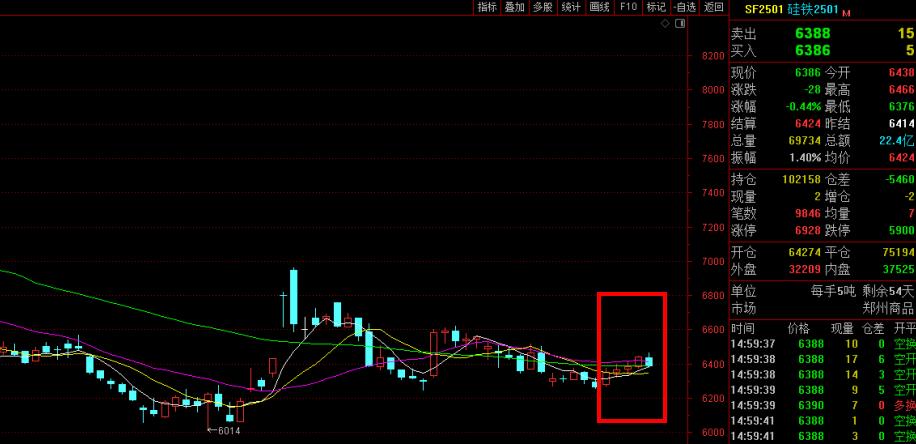Reinforcing bar (rebar) imports into the US could pressure domestic prices next year, even amid an expected uptick in demand supported by an appetite for domestically produced steel.
Domestic producers began slashing prices to customers in June to keep pace with weakening import prices that were pressured by weak US demand for overseas tonnage in 2023, as well as falling raw materials costs.
Argus-assessed domestic rebar fell to $920/short ton (st) on 16 December from $1,125/st on 3 June, while imported rebar prices fell to $860/st from $1,120/st in the same period.
The domestic demand forecast was cautiously optimistic, according to market sources, led by stronger increased spending for the infrastructure market.
Major rebar producers estimated that the $550bn Infrastructure Investment and Jobs Act, signed into law by President Joe Biden in late 2021, could add up to 1.5mn st of additional demand to the domestic rebar market over the next five years which, according to producer Commercial Metals' (CMC) estimate, currently stands at about 9mn st/yr.
At the same time, more than 3mn st/yr of additional rebar production is expected to come on line between 2023 and 2025, as major producers Nucor and CMC have announced three new rebar mills between them. CMC's Arizona 2 rebar mill, which has a 500,000st/yr capacity, is slated for completion and for beginning operations in 2023. Considering an equal distribution of the additional 1.5mn st over the next five years, CMC's Arizona mill should be able to offset all the additional demand arising from the Infrastructure Bill by operating at just 60pc of its rated capacity in 2023.
The picture over the coming years appears similar. Greenfield mills like Highbar, led by former Big River chief executive Dave Stickler, Ashoka and Pacific Steel have also announced mills to open by the end of 2025, while a second Highbar mill and one from new firm Miami Steel have not announced planned opening dates. Still, their cumulative capacity additions could more than offset the one-off 1.5mn st of expected growth originating from the bill.
Additional import volumes in 2023 would only exacerbate the supply overhang as the US has lifted its demand for imported rebar this year.
Preliminary and final import license data from the Department of Commerce listed 1.26mn metric tonnes (t) (1.4mn st) of rebar imported into the US year to date through November; this would be up by 10.5pc from the 1.14mn t of imports in the same period of 2021. Full-year 2021 imports came in at 1.2mn t.
Steelmakers in Turkey, historically the source of the majority of imports, upped their volumes to the US so far in 2022 despite steep antidumping duties. Turkey exported just over 386,000t to the US for the year to date, up from nearly 344,000t a year earlier. Still, the country, like others, has cut volumes recently, sending only 36,200t in October and November, off by 42pc year on year. Part of this decline could be the result of slimming margins for exporters.
US importers have also upped their demand for other sources of imported rebar in 2022. Most notably, the US imported 313,100t of Algerian rebar for the year to date, nearly 30pc more than the same period in 2021. Imports of Mexican rebar grew to 355,500t up from 301,000t, with additional increases from smaller sources such as Canada and Portugal.
On top of this, India in November rescinded a 15pc export tax leveled on — among other steel products — steel bar and rod, which could add to this pressure. Still, India has been a nominal export player for the past several years, the country averaged only about 4,500t/yr of exports over the past five years, with volumes peaking at 11,900t in 2021, according to Global Trade Tracker data.
argusmedia
Copyright © 2013 Ferro-Alloys.Com. All Rights Reserved. Without permission, any unit and individual shall not copy or reprint!
- [Editor:kangmingfei]



 Save
Save Print
Print Daily News
Daily News Research
Research Magazine
Magazine Company Database
Company Database Customized Database
Customized Database Conferences
Conferences Advertisement
Advertisement Trade
Trade


















Tell Us What You Think